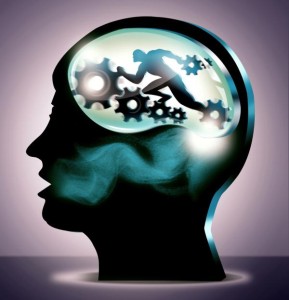

However, small businesses, in their pursuit of gaining leads and customers, make various web design mistakes, which are against their long-run objectives.
Oftentimes, the homepage of your website is the first contact that people make with your business. And if it doesn’t hook them right away, they can leave without giving an additional glimpse at what you have to say.
SaaS, or Software as a Service, is a web-based tool that helps users use a software right from their browser, without the need to install it on their computers. The software is thus hosted in a central location and the user can access it easily. The user simply pays a monthly or yearly fee, depending on the package he selects.
When creating a SaaS website design you have a primary goal set in your mind – to get as many visitors and then convert these visitors into customers. There are different ways to do this:

SaaS makes it easier for businesses or simple users to have access to complex software and application without the need to buy and to maintain expensive software and hardware. They can simply be accessed via the Internet.
All SaaS applications are hosted on the SaaS provider’s server, who manages access to the applications. There is more: you don’t have to worry about updates, as they are handled by the provider.
SaaS application can be easily customized depending on the business needs and processes, without affecting the overall infrastructure.
User Experience is no longer a stylish trend, it’s a practice and a “must” for every website that hopes to attract a fair share of visitors. However, despite of what the majority of resources will try to convince you, you will actually be able to create qualitative UX even if you don’t have lots of funds. All you need is wits and ability to exploit the recourses that are at hand.
As a rule the process of UX improvement implies conducting tests and correspondingly paying the participants, purchasing the advanced UI design tools or even taking a usability test lab for a spin. However, in case you have no means for all that, what is your strategy? Is it productive to get upset and give up? Of course not! You need to pull yourself together, analyze resources that you have and make do. It’s not that hard, especially if you follow the tips below on creating affordable and qualitative UX.

Attention is a cornerstone of successful UI/UX design. Your main goal while creating a successful UX design is to capture and keep the attention of users. Whether we want it or not – we pay attention to anything that stands out, anything that is innovative and unusual. You can use this fact to draw visitor’s attention to the most important information on your website – you have a vast row of tactics to do so: vivid colors, bold font, sounds, blinking and so much more. Remember that if you use the same attention-grabbing techniques in several places of your website – users’ attention will shift and none of the items will get full, undivided attention you would like it to get from a visitor to fully grasp the concept.

In our age of ever-evolving technologies, the demand for fluid and attention-grabbing designs is higher than ever. But why business owners and experienced marketologists are so hell-bent on introducing certain elements of design? The reason is quite simple. In compliance with Amazon research even 1 second delay in loading costs around $1.6 billion in sales. According to Google reports if the page loads even 0,4 of a second slower Google looses approximately 8 million searches!
Knowing that it’s impossible not to ask how this problem can be rectified. Some companies, whose conversion rate heavily depends on the loading time (such as search platforms), estimate special budget, undergo various optimizations and buy servers in the countries you’ve probably never heard about. However, as it turns out – even that is not enough, because we all have various time perception and the fastest loading page doesn’t guarantee that your end users will perceive it as one. The only thing that really matters is how people perceive the waiting time and what emotions they experience.